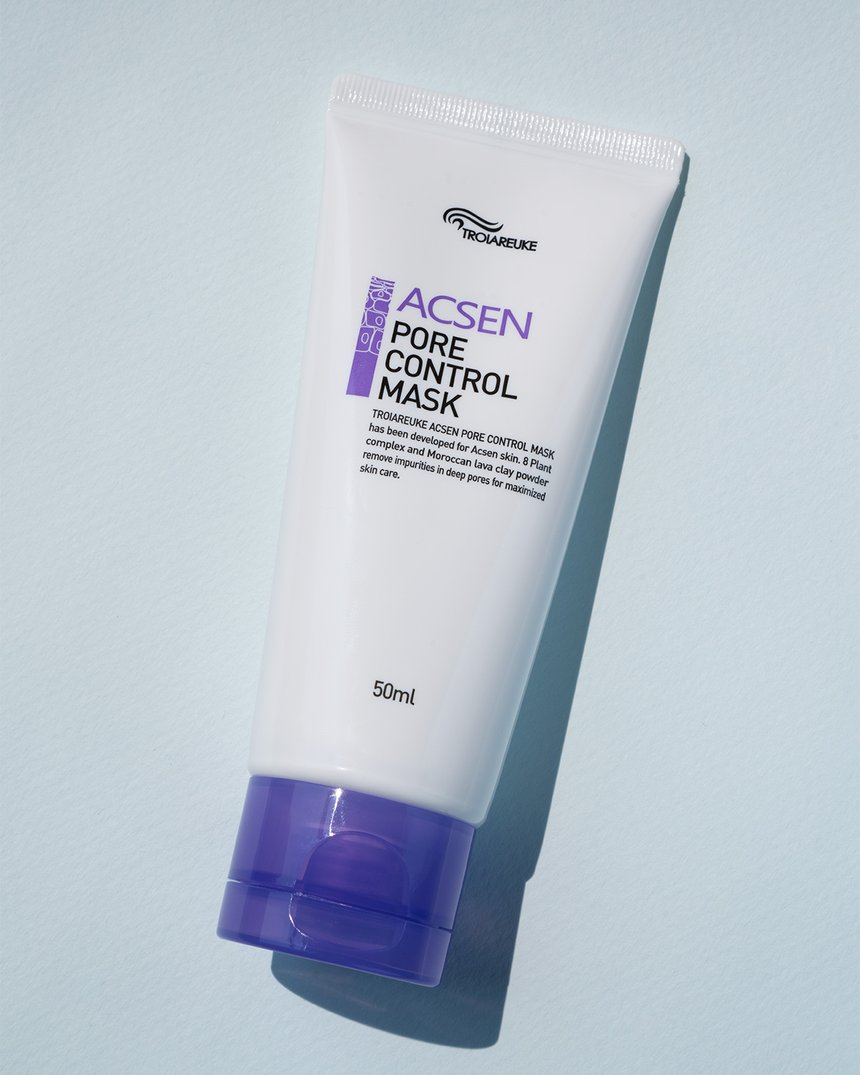Whether you’re in need of a reset after weeks in the sun at the beach or taking long walks in the park, these are the products that can help your skin get back on track.
Summer’s coming to a close and our minds are beginning to focus on any and all things fall. But, let’s face it: hot temperatures and strong UV rays aren’t going anywhere yet. Neither are their effects on skin!
Soko Glam knows that, which is why they’re giving you 20% off rejuvenating and protective skin care picks this Labor Day weekend with code SELFCARE20. From 9/1 through 9/7, the top K-Beauty retailer is discounting everything from face mists from Neogen to rice toners from I’m From just in time to stock up on end-of-summer and beginning of fall staples!
Read on to find our favorite end-of-summer product picks.
A Lip Mask
Even if you’re diligent about applying SPF on your face and body, there’s a good chance your lips have gone unattended to. Sun damage on this small yet important area manifests itself in the form of dehydration and inflammation. A nourishing overnight lip mask is a great way to nurse them back to health. The Klavuu Nourishing Care Lip Sleeping Pack contains avocado, sweet almond, and apricot seed oils to soften and heal chapped lips.
Another nourishing lip mask we love is the Unpa Bubi Bubi Lip Mask. It helps to fight off fine lines and wrinkles and moisturize the delicate lip area while you snooze with antioxidants and lactic acid.
RELATED: You’re Probably Not Applying A Chemical Exfoliant On This Delicate Area – But You Should
A Cleansing Toner
Toners are an everyday kind of product in our book, but they can be especially beneficial in extreme weather seasons like summer and winter since their primary goal is to balance skin. The Acwell Licorice pH Balancing Cleansing Toner is a favorite among all skin types because it keeps your complexion at equilibrium while clearing your skin from excess sebum and debris to give you glowing skin.
RELATED: Achieve A Better Balance With The Prime Time Cleansing Toner From Good (Skin) Days™
These toners are just the boost your skin needs as summer comes to a close.
A Refreshing Sheet Mask
A sheet mask can’t fix everything but there’s something about the treatment that can make you feel rejuvenated inside and out in just 15-20 minutes.
The Leaders Amino Moisture Mask is particularly invigorating. This hydrating sheet mask has ingredients like amino acids, hyaluronic acid, ceramides and mineral water to calm nourish, soothe, and plump. Keep one in your refrigerator before application for an even more refreshing experience.
A Dark Spot Treatment
Not only can sun damage cause dark spots and hyperpigmentation, but they can make these spots more noticeable. If you had a little too much time in the sun this summer and need to do some damage control, the Acwell Licorice pH Balancing Intensive Eye Cream is a must-have spot treatment. Yes, you read it right. It is an eye cream, but this peptide and antioxidant-packed cream can be used as both an eye treatment and a spot treatment for dark spots. Licorice water and extract effectively fade brown spots, acne scars, and pigmented areas, plus soothe any inflammation.
RELATED: Is This New Brightening Eye Cream The Secret To Getting Rid of Dark Circles For Good?
A Clay Mask
You don’t have to have oily, breakout-prone skin to be dealing with both in the heat of the summer. A non-drying, purifying clay mask will serve you well. The Troiareuke Acsen Pore Control Mask contains Moroccan lava, kaolin and bentonite clay along with centella asiatica to clean out and minimize pores, brighten and moisturize for a more clear, even and firmer complexion.

















